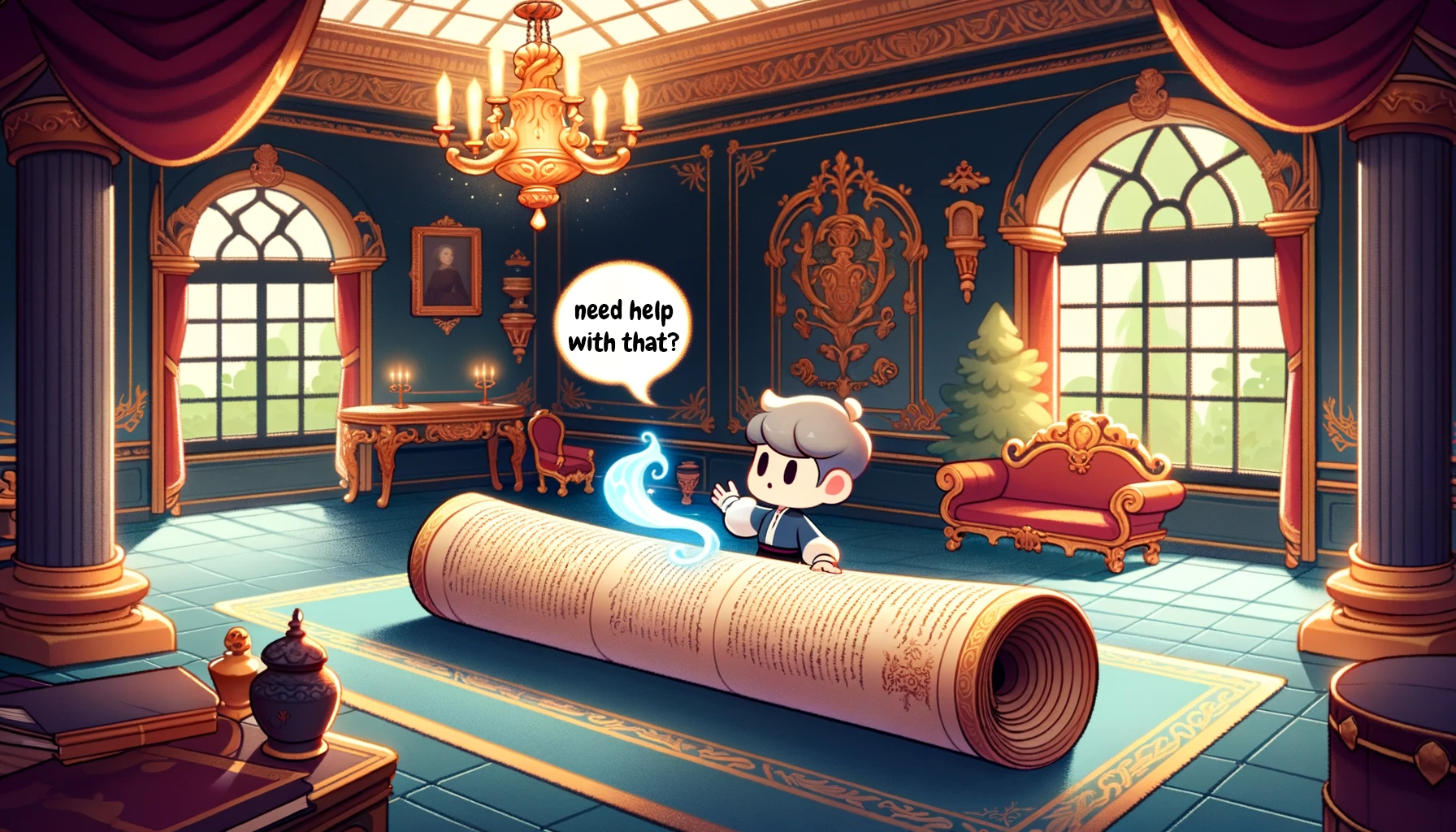Claude 2.1 Released With More Memory Than Ever!

Anthropic, a leading AI research company, has unveiled a significant update to its advanced language model, Claude. The latest version, Claude 2.1, boasts several groundbreaking advancements that push the boundaries of language generation. In this article, we will delve into the key enhancements of Claude 2.1, including its 200K token context window and lower model hallucination rates, and explore their implications for the future of AI technology.
Enhanced Context Window
One of the standout features of Claude 2.1 is its expanded context window, which now encompasses an impressive 200K tokens. This substantial increase in context length empowers Claude 2.1 with a deeper understanding of the conversational context, enabling it to generate highly relevant and coherent responses. The larger context window allows the model to capture intricate details, subtle nuances, and long-term dependencies within conversations, resulting in more informative and engaging interactions.
Claude 2.1’s enhanced context window proves instrumental across various tasks. For instance, when generating summaries or providing explanations, the model can now leverage a broader range of information, leading to more comprehensive and insightful outputs. Additionally, in domains such as customer service or technical support, Claude 2.1 can better comprehend the user’s query and provide tailored assistance by accessing a more extensive historical context.
Reduced Model Hallucination
Model hallucination, a common challenge in language models, occurs when the model generates false or inaccurate statements as if they were factual. Anthropic has made significant strides in addressing this issue with Claude 2.1, achieving a notable 2x decrease in false statements. This remarkable reduction in hallucination rates enhances the reliability and trustworthiness of the model, making it more suitable for practical applications.
Anthropic’s approach to reducing model hallucination involves a combination of techniques. By incorporating human feedback and utilizing a diverse training dataset, the model learns to distinguish between factual information and false statements more effectively. Furthermore, advanced filtering and verification mechanisms have been implemented to detect and mitigate potential hallucinations. These improvements pave the way for the development of more reliable and responsible AI systems.
Additional Features and Enhancements
Claude 2.1 introduces a beta feature known as tool use, which enables the model to access and utilize external tools and resources. This groundbreaking capability empowers Claude 2.1 to perform tasks beyond its inherent knowledge and abilities. By leveraging external tools, the model can access real-time data, conduct research, and even interact with various APIs. This integration of external resources significantly broadens the model’s capabilities and opens up new possibilities for AI-powered applications.
In addition to the expanded context window and reduced hallucination rates, Claude 2.1 boasts other notable enhancements. The model’s factual accuracy has been further improved, ensuring that generated responses are grounded in reliable information. Moreover, system prompts have been reduced, making interactions with the model more natural and seamless. These enhancements collectively contribute to an elevated user experience and strengthen the model’s overall performance.
Conclusion
Claude 2.1 represents a significant leap forward in the realm of language generation. With its 200K token context window, Claude 2.1 can now comprehend and respond to conversations with unparalleled context awareness. The substantial reduction in model hallucination rates further enhances the model’s reliability, making it a powerful tool for various applications. The introduction of tool use opens up new possibilities for integrating external resources and expanding the model’s capabilities.
Claude 2.1 holds immense potential across industries and domains. From enhancing customer service experiences to powering virtual assistants and generating creative content, the applications of this advanced language model are vast and varied. As Anthropic continues to refine and evolve the Claude language model, we can anticipate even more groundbreaking advancements in the future.